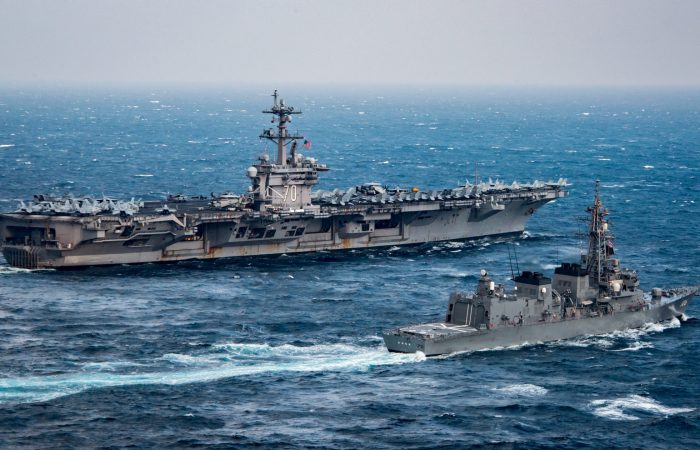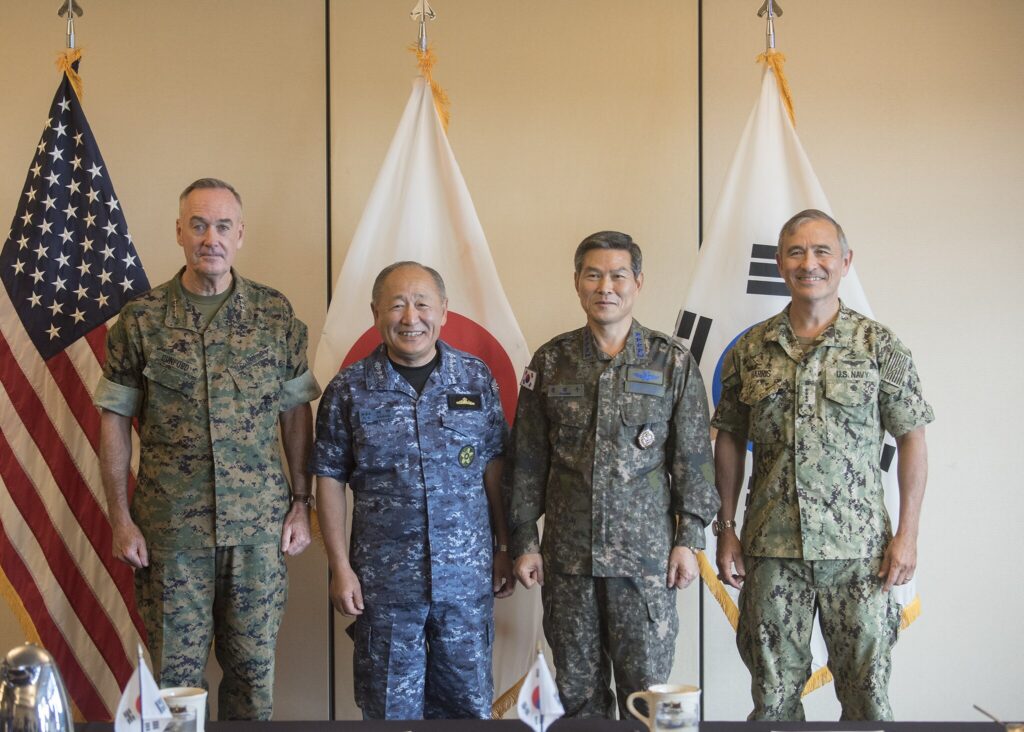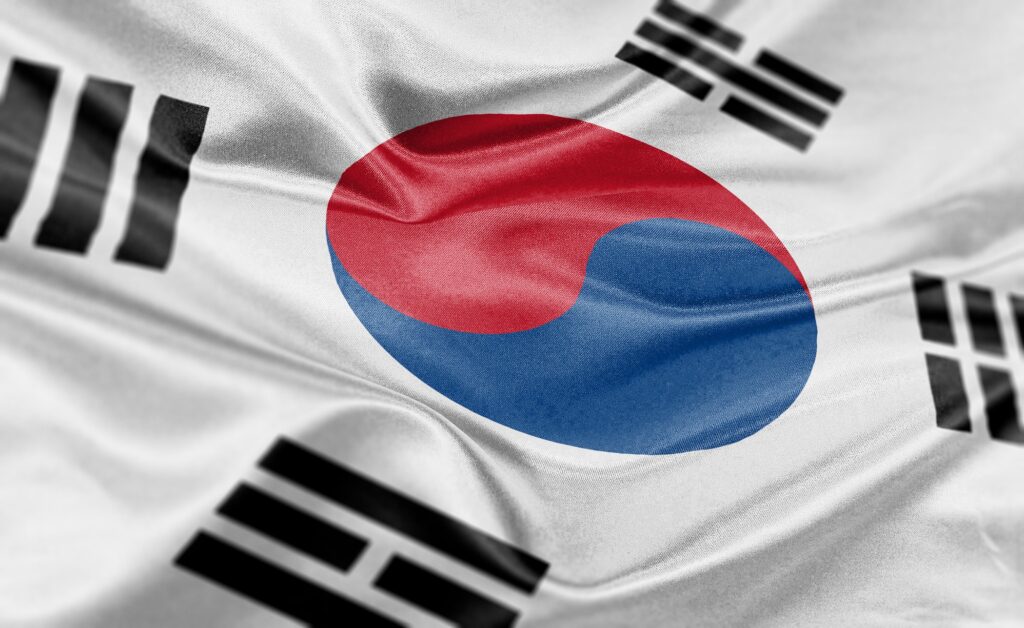The Dongsha Island Incident in 1907, and the Nine Small Islands Incident in 1933, are two important incidents that China’s sovereignty in the South China Sea was infringed. China government followed the same standards to claim the sovereignty over the islands far from the continent and negotiate proactively with the counterparts; however, the outcomes were completely different. Let’s examine what happened during these two historical incidents.
Yoshizawa Nishizawa, a Japanese businessman, discovered that Dongsha Island was rich in guano in 1901. Then he excavated the guano and shipped to Taiwan for sale. In 1907, Yoshizawa Nishizawa landed the island again with some followers. These invaders expelled the Chinese fishermen, demolished the Temple of Sea God, hung the Japanese national flag, erected wooden signs, and built docks, houses, and a short railway. He also renamed Dongsha Island to Nishizawa Island, intending to occupy permanently. The incident was finally caught by Qing government. The Ministry of Foreign Affairs mandated Zhang Renjun, the Governor of Guangdong and Guangxi, to investigate the confrontation and negotiate with Japan. The Ministry of Foreign Affairs pointed out that “all the people of Fujian and Guangdong who are experienced in sailing, or have deep knowledge of geography, know that this island belongs to China”. The Ministry also reminded Zhang Renjun to pay special attention to “What has been the island’s name historically and whether there have been people living there, as you should have the atlas and records about these China’s coastal islands in the local archives. ” Subsequently Zhang Renjun begin to do due diligence on the sea and land atlas, books and any other documents available, and collect historical evidences. Meanwhile Zhang Renjun sent a crew to the island to investigate what happened in the field. The investigators encountered a Guangdong shipowner who was mooring his boat nearby the island. The shipowner replied: “For many years, there have been fishing boats voyaging around Dongsha Island, which is under the administration of Huizhou, Guangdong province. Because fishermen firmly believe that Dongsha Island is part of China’s territory, we have been fishing there for hundreds of years, as routine practice and tradition”. He also told the investigators the illegal activities of Japanese of demolishing temples and chasing fishermen away.
With evidences found in the historical documents and field work, Qing government negotiated with Japan government. The Chinese side claimed that: “For many years, Fujian and Guangdong fishing boats went to fishing and moored in the Dongsha Island. The fisherman built a Temple of Sea God, where they store food and socialize. Nishizawa demolished the Temple after he landed. Although the footstone of the temple has been moved, one can still find the footstone and identify easily the original place where the Temple once stands. This is the direct evidence that the island is under the governance of Guangdong Province. How dare you say that this island is a piece of pristine land and does not have an owner?” However, the Japanese site insisted that China had to provide tangible evidence that the island was recorded in the local chronicles and the name of the officers who governed the Island.
On the Japanese requests to provide local chronicles, Zhang Renjun couldn’t help sighing: “in China, the local chronicles mainly deal with main continent, while the islands in the sea are mostly neglected.” “China’s geography books are detailed in the land but briefed in the sea; traditionally are more focused on the locations and distances, less on the actual measurements; in many cases, do not cover all the subjects that matter. Coastal islands often have only the oral names rather than the official names with the detailed descriptions in the atlas. If we need to convince other parties, we cannot find the appealing evidence from these old books.”
With the hard work of multiple parties, China found a book, “Chronicle and Geography of China river and sea sites with strategic significance”, published in 1901, which was edited and translated by Chen Shoupeng from “Version 3, The China Sea Directory”. The China Sea Directory was compiled by the British Navy in 1894, while Mr. Chen reframed the content and structure of the original book. The Chapter 5, Vol 3 of The China Sea Directory was mainly about the archipelago, navigation channel near Taiwan, where Chinese fisherman have been fishing and mooring. The China Sea Directory manifestoed the facts that Chinese fisherman have been fishing for many years in Dongsha Island. In his book, Mr. Chen translated these contents and further attached maps draw by professional craftsmen in the appendix. The picture 41, e.g., “the Pratas Island, 13th small bay in Guangdong”, has a specific note, “Chinese boat mooring place”.
However, Japan argued that this book was too new and demanded China to provide older evidence. Then China found “Foreign Countries: what I saw and heard”, a book published in Yongzheng Emperor period (1723-1735) by Chen Lunjiong, and “Relationships of Qing Dynasty with Foreign Countries”, a book published in Guangxu Emperor period (1875-1908) by Wang Zhichun. As China listed more and more international and historical evidences, Japanese faded away from Dongsha Island. It is worth mentioning that UK played a role in the Dongsha Island Incident. In 1908 in order to build a light house in Dongsha Island, British Consulate sent a diplomatic letter to Qing Government to clarify the sovereignty of Dongsha Island. In the letter the consulate wrote: “there was not any resident in the island, and obviously this island was not owned by anyone”. This letter evoked the actions of Qing Government to reclaim the sovereignty by negotiating with Japan. In 1909 China officials landed on the Dongsha Island. China Navy fired canons to declare sovereignty. After then, China government exploited marine resources and built meteorological station to further established the sovereignty.
When we trace back, at the late of Qing Dynasty, it is the belief of government and the intellectuals that the land becomes China’s territory as long as Chinese people and only Chinese people have been living and working there for a long time. In 1905, Zhou Fu, the Governor of Liangjiang(today’s Jiangsu, Anhui, Jisangxi, Shanghai) and Minister of Nanyang, reported to the emperor: “The China coastal is dotted with islands, some of which are as far as hundreds of nautical miles. No matter large or small, near or far, these islands are the basis where fishermen make living. Harnessing waves, these fishermen sailed in these areas without boundary. So, we will shrink our sea territory if we only protect intertidal zone in 3-nautial miles. The traditional practice of claiming sea territory is better than the principles of 3-nautical miles”. The Qing government sealed his memorials. This ideology was also reflected in “Nine Small Islands Incident” in 1933, where France occupied these islands. According to Speakman of the Ministry of Foreign Affairs of China, “Only Chinese fishermen reside in the coral islands between Philippines and Vietnam. So these Islands are recognized internationally as China territory. ” The Guangdong Political Committee also announced that “Nine Small Islands are now inhabited only by Chinese residents, and of course they are Chinese territory.” Chen Youren, a senior member of the Guangdong Provincial Government, submitted a letter of protest to the French Consulate.
The so-called “Nine Small Islands Incident” refers to the events that in 1930 and 1933 respectively, coveted the strategic value of the Nansha Islands, France sent ships to patrol around and landed on some islands and reefs of the Nansha Islands twice. Then in July 1933, France formally announced the occupation the nine small islands of the Nansha Islands. According to the “Painted Colony World”, a magazine published in France in September 1933, when the French landed on the island, they discovered that only Chinese lived in these 9 small islands, no other foreigners. There were 7 residents on Nanzi Island, including 2 children; 5 on Zhongye Island; 4 on Nanwei Island, one person added since the France landed on the island in 1930. There are shrines, huts, and wells built by Chinese in Nanyue Island. Although no people were seen on Taiping Island, the landers found a Chinese sign with text, meaning that “I transported the grain here, but did not see any people, so I left the grain under the stone”. There are also traces of Chinese fishermen living on other islands. On Taiping Island, Zhongye Island, Nanwei Island and other islands, the fishermen dug wells, planted coconut trees, banana trees, papaya trees, pineapples, vegetables, potatoes, etc. and feed poultry.
But the results are different. In the Dongsha Island incident, the evidences presented by the Chinese side were accepted by Japan and internationally, and there is no disputation about sovereignty. However, China’s sovereignty claims over 9 small islands had not been accepted by international communities then.
What are the reasons for the difference?
Firstly, at that time, China had lost the Northeast part. In 1932, the Shanghai anti-Japanese battle was on fire. China faced the real threaten to completely lose the war to Japan, which has the ambition to conquer the whole China. At such a circumstance, the China Central Government could not allocate enough resources to conduct the historical and geological research in the South China Sea. Therefore, the evidence chain cannot be formed other than the fact that Chinese fishermen had been living in these islands. After the incident, the Guangdong Provincial Government originally planned to send a ship to investigate on-site, but nothing went on.
Secondly, in the follow-up, China discontinued the tough attitude toward France. On one hand, there is no more evidence found. On the other hand, I am afraid it is not impossible, China government might hope to form an alliance with France to defy Japan. After Nine Small Island Incident, in September of 1933, Zhu Wei, Director of the Staff Headquarters, submitted a letter to the the National Defense Committee. He first analyzed the strategic importance of the nine small islands to France, Britain, the United States, Japan and China. However, given the limited power of the China navy at that time, he suggested that the government “let the nine islands alone”, so that Japan and France would fight each other. If France joins the ally of Britain and the United States because of this France-Japan conflict, Europe and America together will fight against Japan. Such a situation will benefit China. Since then, within the scope that China Navy can cover, China named the South China Sea islands in 1935, published a map of the South China Sea islands, and declared China’s sovereignty.
Thirdly, in 1933 when Western countries gradually realized the strategic importance of the Nansha and Xisha Islands, the situation in the Nansha Islands became more complicated than in the Dongsha Islands in 1907. In January 1929, Le Vol, a French diplomatic official to Vietnam, submitted a report to the French Governor of Indochina on Xisha Islands. He pointed out that if a country builds naval bases on Xisha Islands, this country will pose a threat to the navigation in South China Sea. Once a conflict occurs, the naval bases will cause extremely serious damage to the national security and territorial integrity of France, its colonies and allies. Since 1932, China and France have negotiated the sovereignty of the Xisha Islands. During the negotiation, China provided solid evidence. For example, Li Zhun, a Chinese official, once inspected the Xisha Islands in 1909, raised the national flag, fired cannons, and declared sovereignty. Furthermore, China government provided the documents that in the 1930 Far East Meteorological Conference, representatives of many countries, including the French representative, asked China to build a meteorological station on the Xisha Islands. However, the France site did not compromise, based on the fabricated evidence that King Vietnam occupied the Xisha Islands in 1816. On August 9, 1933, the “East Asia Daily” disclosed that Nansha was “suitable for flying aircraft, submarines and small warship bases.” Japan’s activities in Nansha attracted the attention of France. After France announced its occupation of the Nine Islands in Nansha, the Japanese government get involved in Nansha, arguing that a Japanese Company had developed guano resources in Nansha more than 10 years before 1929. The situation evolved more complicated that Dongsha Islands.
Fourthly, since the 20th century, the Western concept of international law regarding territorial acquisition has been continuously developed. The rules of unowned lands, discovery and preemption have changed from 1907 to 1933, after First World War, the collapse of the Versailles System, the turmoil in the scope of the colonies of Western countries. The standards to determine sovereignty and the actual effect to handle disputes on the territory also changed. The Sovereignty Case of Palmas Island in 1929 enforced the effectiveness of de facto control in the final judgement. The arbitration court ruled that Spain did not have sovereignty over Palmas Island, an island located on the coast of the Philippines, because although Spain obtained the initial rights through the discovery of Palmas Island in the 16th century, it did not actually exercise the power later. The court also nullified that Spain ceded the Island to the United States after Spain lost the Spanish-American War in 1898. The court made it clear: since 1677, the island has been actually administrated by the Dutch East India Company, so its sovereignty belongs to the Netherlands. Although the judgment is based on the theory of international law developed from Western countries, which is very different from China’s practice of governance of the borders and territories, this case undoubtedly became a benchmark to measure the acquisition of territorial sovereignty.
The systematic construction of China’s evidence in Nansha Islands was carried out after China recovered the South China Sea in 1946. In order to cope with the possible diplomatic conflicts that may be caused by China’s recovery of the South China Sea Islands, the Chinese government had been actively collecting historical evidence. In 1946, Guangdong Province established the Chronicle Compilation Association for the South china Sea Islands. The relevant collections by the Association, including 380 books and documents, were exhibited at the “Product Exhibition from Islands in South China Sea” hold in Guangdong in June 1947. In 1948, Du Dingyou, a member of the Association, edited and published the “The Catalogue of the South China Sea Islands”. He also unearthed that it is highly likely that “A Thousand Miles of Changsha” and “Ten Thousand Miles of Shichuang” are the generic names of “Ten Thousand Miles of Changsha” and “A Thousand Miles of Shitang”, which refer to the Xisha, Zhongsha, Nansha and Islands. Such exploration laid the foundation for the textual research of history for the South China Sea Islands.
After 1949, China government strengthened the research on the history and internation law of the South China Sea. However, although China has established a more detailed and complete evidence chain in Nansha Islands than ever, the international environment in the South China Sea at this time are no longer what they used to be.
Liu Yanhua is an Associate Researcher at the National Institute for South China Sea Studies. The article was also published in CRNTT.




